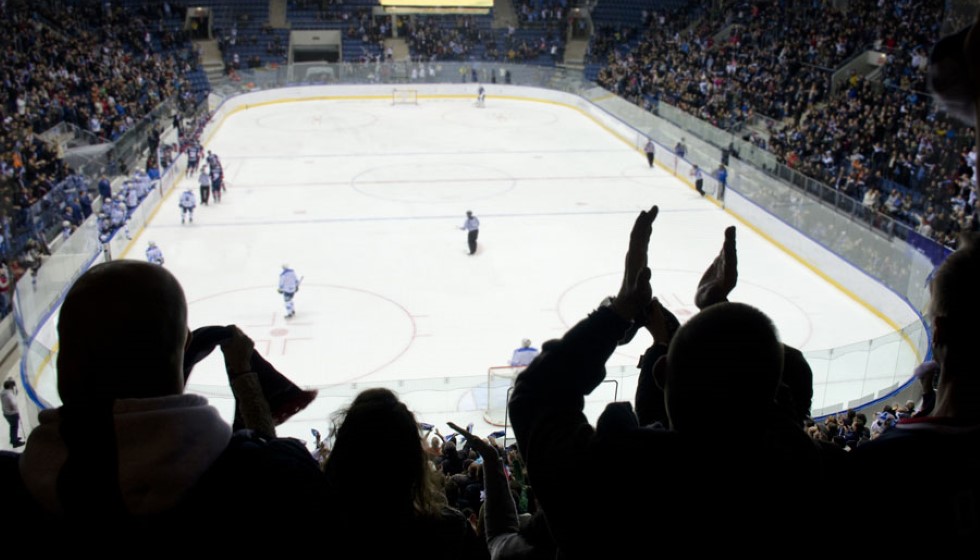
In the arena of professional hockey, where speed, agility, and technical skill are paramount, the role of the so-called "enforcer" remains a topic of considerable debate. This was exemplified in a recent game between the Toronto Maple Leafs and the New York Rangers, where rookie Matt Rempe, standing an imposing 6 feet 7 inches and weighing 240 pounds, clashed with the Leafs’ veteran, Ryan Reaves. Despite having played only seven games, Rempe has already scored, assisted, and notably, spent a significant 37 minutes in the penalty box — 5 minutes more than his actual playtime on the ice.
The Role of Enforcers in Hockey
The presence of enforcers like Rempe on the ice has long been controversial. Historically, enforcers are tasked with protecting their teammates, often resorting to physical altercations to do so. However, their contributions to scoring are minimal, and they are generally not recognized for their skating abilities. Despite these drawbacks, fighting has been an integral part of hockey’s "code," a concept that fosters a certain degree of self-regulation among players. Yet, this old-school mindset is increasingly at odds with the modern game.
A Shift in the NHL Landscape
Over the years, the NHL has witnessed a tragic side to the enforcer's role, highlighted by the deaths of Derek Boogaard, Wade Belak, and Rick Rypien in 2011. Research linking Chronic Traumatic Encephalopathy (CTE) to repeated head traumas, like those often suffered in hockey fights, has added to this concern. Despite this, NHL Commissioner Gary Bettman has publicly disagreed with findings that directly connect hockey fights to CTE, a stance that has fueled an ongoing debate within the hockey community.
The evolution of hockey analytics has also played a role in the diminishing presence of traditional enforcers. With a growing emphasis on speed, skill, and efficiency, there's less room on rosters for players who specialize in physical intimidation but contribute little in terms of scoring or playmaking. As a result, the frequency of fights has decreased, paving the way for a faster and arguably more engaging version of the game that appeals to a broader audience and strives for inclusivity.
Enforcers and Their Legacy
Despite these changes, the figure of the enforcer persists, symbolized by players like Matt Rempe who embody the old-school ethos. Following an altercation on the ice, commentators from TNT's NHL panel, including former player Paul Bissonnette, lauded Rempe's willingness to "answer for his actions," viewing it as a testament to the enduring spirit of hockey’s unwritten code. This perspective underscores a belief still held by some: that enforcers play a key role in maintaining order and safety on the ice.
Broader Cultural Implications
The debate over the place of enforcers in hockey extends beyond the rink. During the recent All-Star break in Florida, the NHL became a cultural battleground. A LinkedIn post by the NHL promoting a career fair was criticized by Florida Governor Ron DeSantis, sparking a dialogue on the intersections between sports, politics, and social issues. This incident illustrates how the conversation about enforcers and their role in the sport is part of a larger discussion on inclusivity, safety, and the future direction of hockey.
DeSantis's spokesperson clarified that the administration opposes any form of discrimination, framing the governor's critique as a stance against what they view as politically driven agendas. This intersection of sports, social policy, and political debate spotlights the evolving landscape in which the modern NHL operates — one where the actions of players, both on and off the ice, resonate far beyond the game itself.
Conclusion
The role of the enforcer in NHL hockey, as personified by Matt Rempe and discussed within the broader context of league evolution, illustrates a sport in transition. While the physicality and self-policing practices deeply rooted in hockey’s history continue to find their champions, the push towards a more inclusive, faster, and skill-based game challenges the traditional enforcer archetype. As the NHL continues to evolve, so too will the conversations around its most controversial figures, ensuring that hockey remains not just a game, but a reflection of the societal values it's played within.